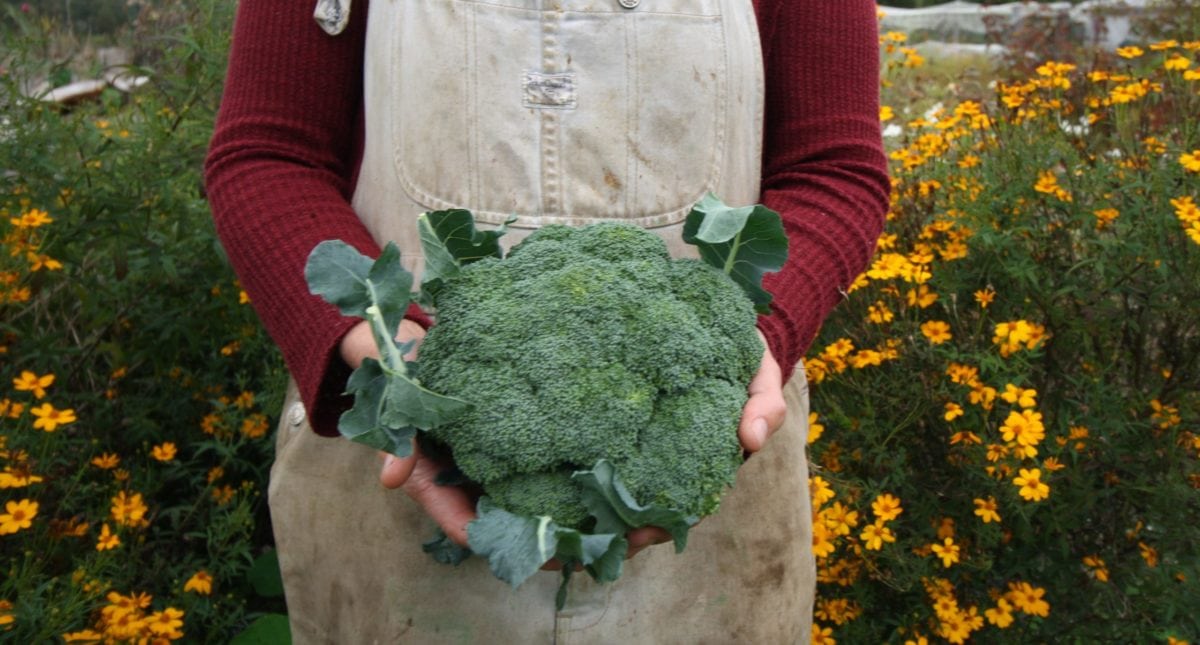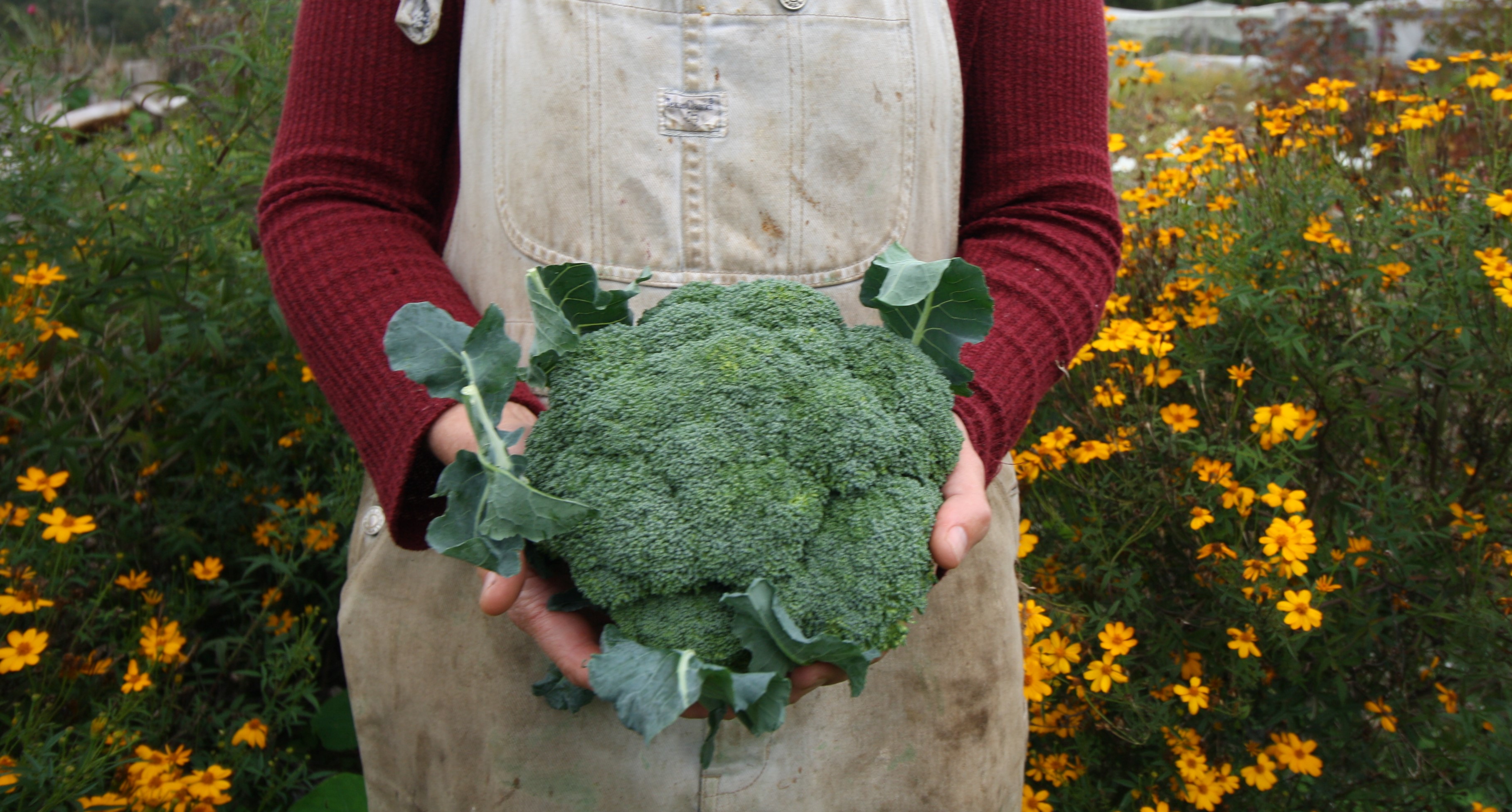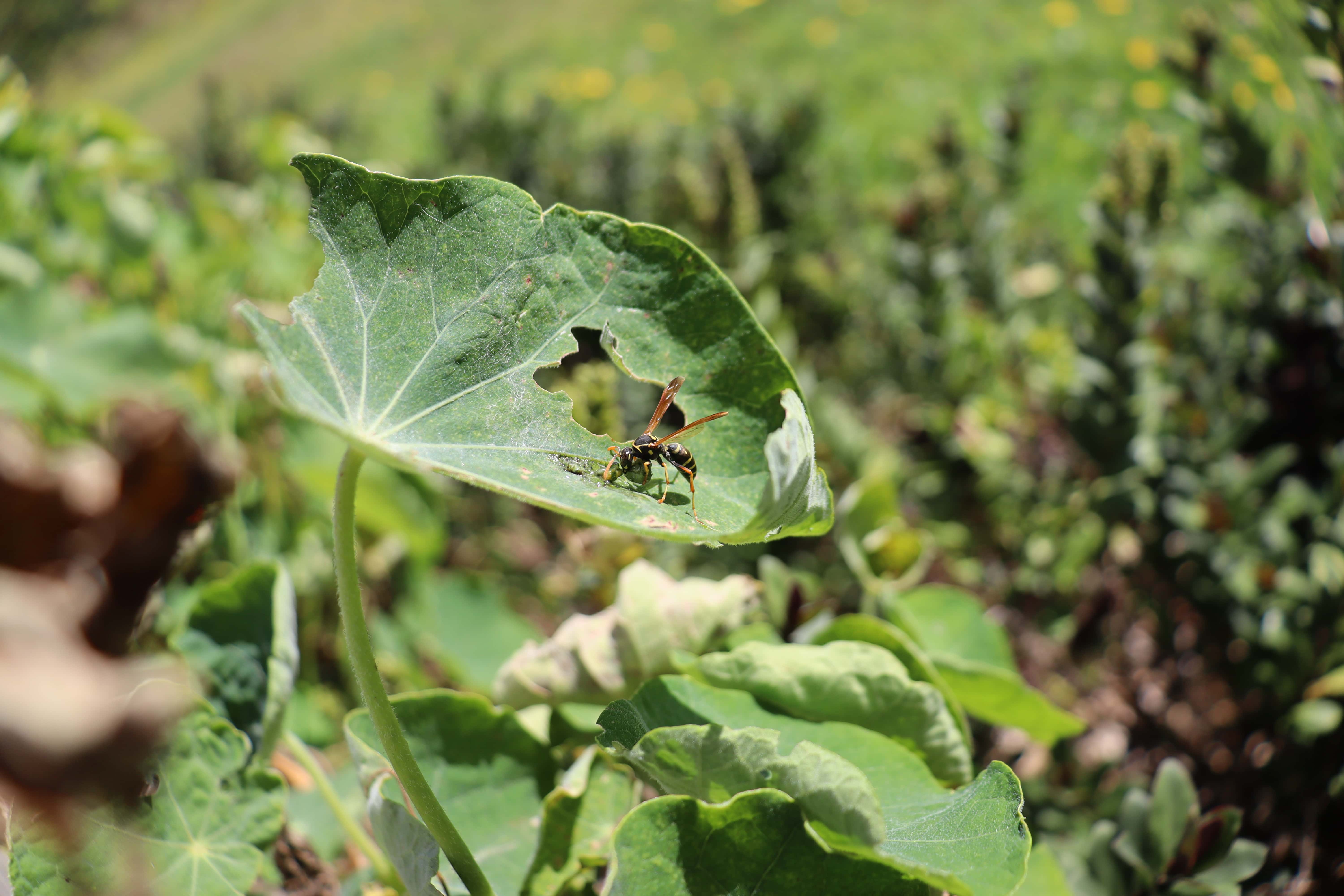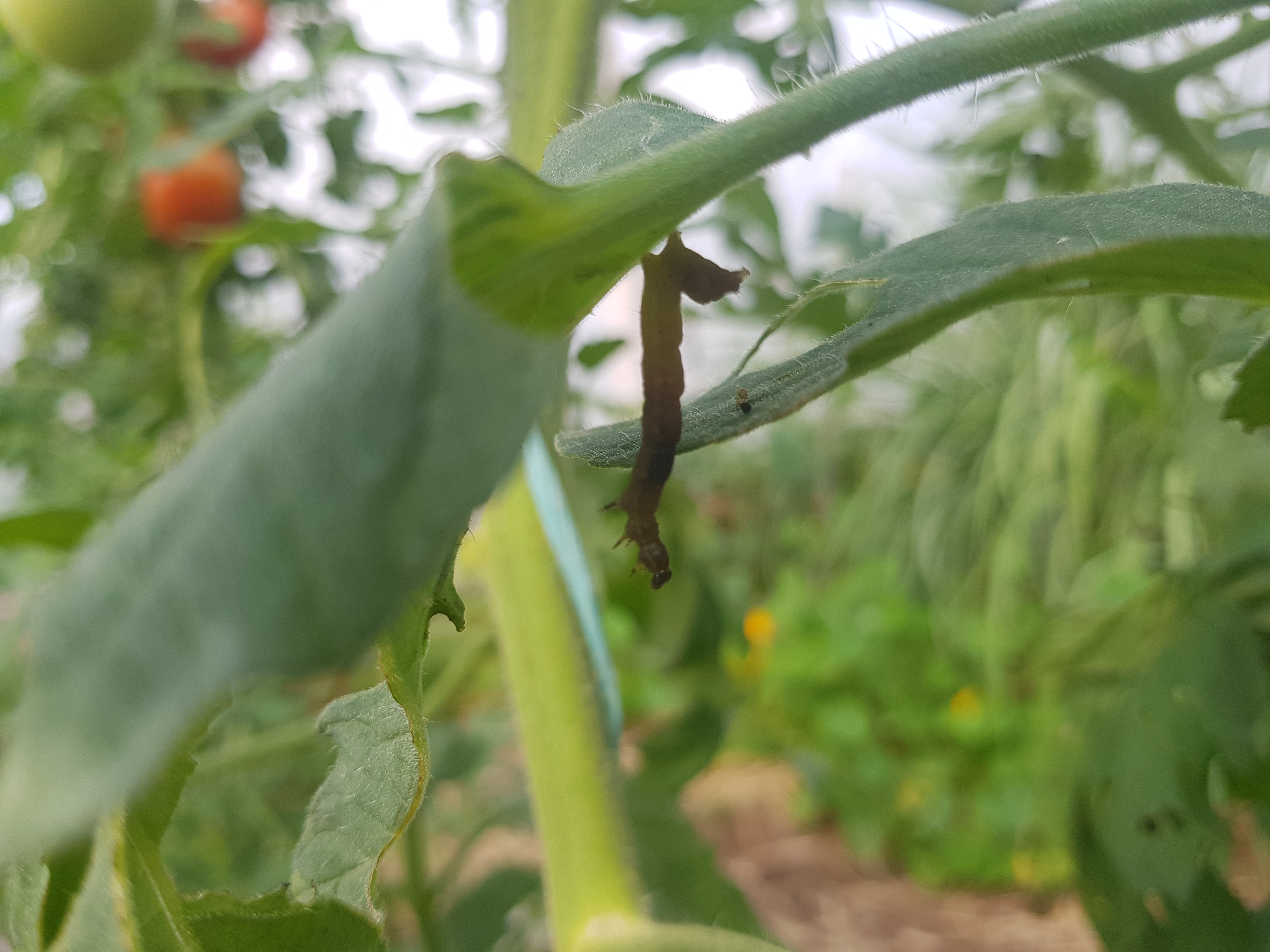Be Cabbage White Butterfly Free!


Summer of '22, I grew brassicas out in the open without any insect mesh, from seedling to finish. I was feeling confident in my parasitic wasp population, and they didn't disappoint.
What a turn around! For most of my garden life I haven't bothered growing brassica through summer because the cabbage white caterpillars decimated them. However, gardens - along with life - are ever changing.
15 years gardening here, and the beneficial insect population - seduced in by my perennial companions, no dig and spray free ways - has grown and diversified. The flow on effect of all those predatory + parasitic insects is there's a lot less pest management for me to do. Less psyllids, less aphids, and this last improvement - a gang of parasitic wasps who happen to live off caterpillars.
So while I'm not cabbage white butterfly free, they're still flapping about out there - I am, at the moment, free from intensely managing them - the odd squash here and there goes on.
Notice the flexible statement. Lets not ever set anything down in stone - life is change!
4 ways to cabbage white freedom
Call in the beneficial insects

Beneficial insects are your long term, pest control strategy. As far as the cabbage white butterfly goes, there are three wasps I know of that come out to play.
- Braconid and pteromalid parasitic wasps use caterpillars as a mobile nursery. They lay their eggs in or on them, providing a delicious first meal of caterpillar for the youngsters upon hatching.
- Paper wasps kill and chew caterpillars, and bring them back to the nest to feed the young.
Some of you, I know, will be worried for the monarchs, but I prefer not to get too involved here, and leave the balance of these things to nature. I still have butterflies.
The way to a booming beneficial insect population is to feed and house them.
- Plant loads of perennial companions in order to provide a year round supply of nectar and pollen
- Spray no nasty chemicals - benies are more sensitive to herbicides and pesticides than pests are.
- Create densely planted areas for habitat.
- And let pest populations go for as long as you can bear - those pests are calling in the predators after all.
While you build your beneficial insect population, manage the cabbage whites by squashing caterpillars, flicking off eggs and/or covering the crop.
Squash the caterpillars

Focus on young seedlings. Remember to check your seedling trays too. Hungry caterpillars sure can eat and make short work of small plants. Squash any you find. Check under leaves for the creamy, bullet shaped eggs and flick them off.
Cover the crop

Insect Mesh is a god send. It keeps the butterfly from laying eggs, there by preventing the caterpillars in the first place. Don't cover and walk away though - eggs may have been laid before covering. Always always keep your eye on the job.
Spray

Spraying is for the busy person who doesn't have time to squash caterpillars or has no insect mesh available.
BT (Bacillus Thuringiensis) is the active ingredient in Kiwicare’s Organic Caterpillar Control, and Yates Natures Way Caterpillar Killer. For bigger gardens you'll need more than these small packs. Farmlands sell a commercial pack of Dipel. Costs a bit so maybe a good idea to go splits in your co-op/ garden group/ neighbourhood.
Mix it up and spray it all over your brassicas fortnightly to keep up with the egg hatchings. BT only impacts those that eat the leaves which is what makes it safe for bees, ladybugs and all our other friends. The potential is, it will kill any caterpillar that munches the sprayed foliage, so bear this in mind.
Keep this job on your radar until the heat subsides and the cabbage whites disappear late autumn.
Derris dust alert!
Let's stop with the Derris Dust. I know its easy. I know Grandma used it. But it's super toxic! Rotenone, the active ingredient in Derris dust is a neurotoxin and fatal to many of our important beneficial insects - parasitic wasps, ladybirds and dragonflies to name a few. Canada has outlawed the use of it on gardens and looks like USA is going the same way.
